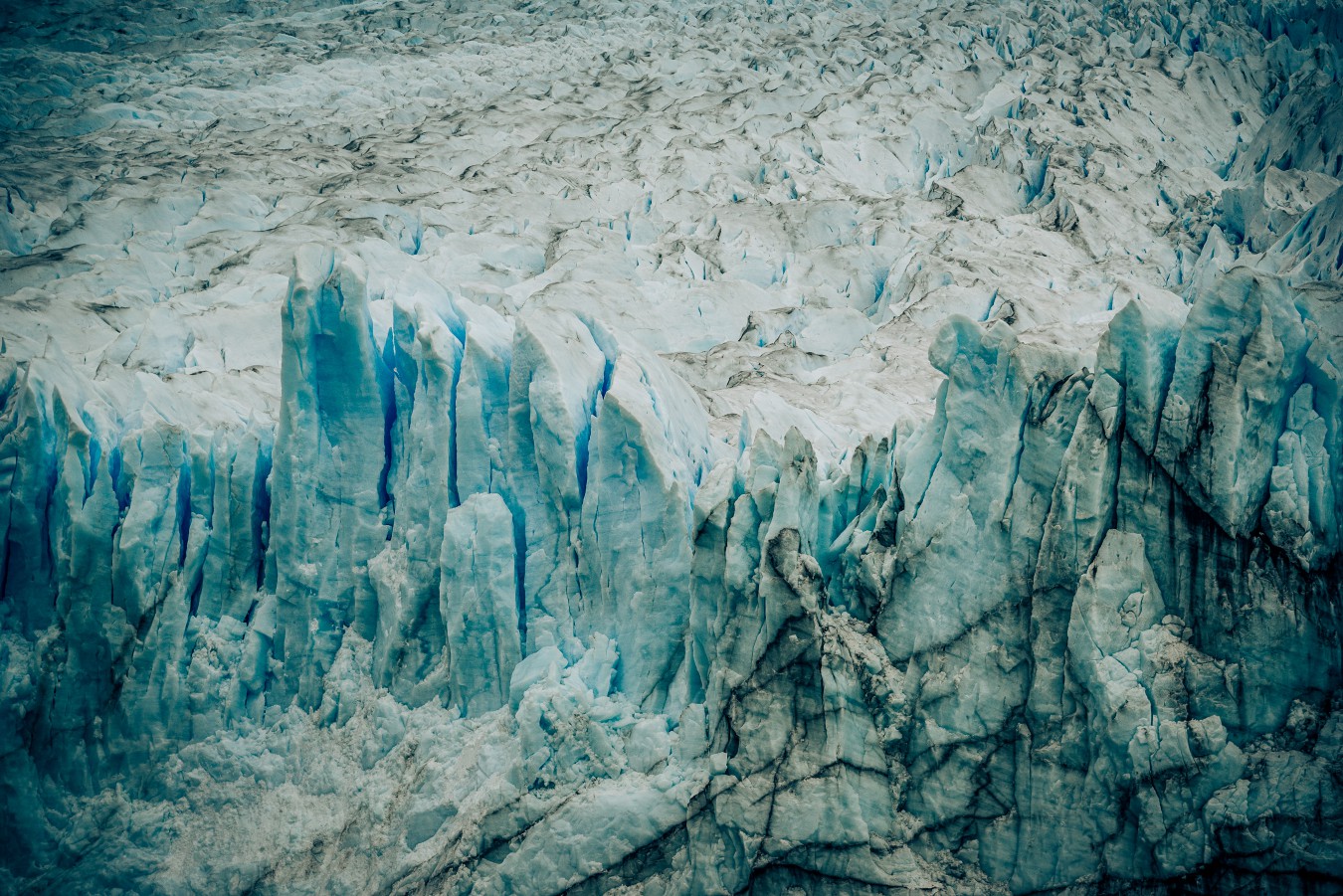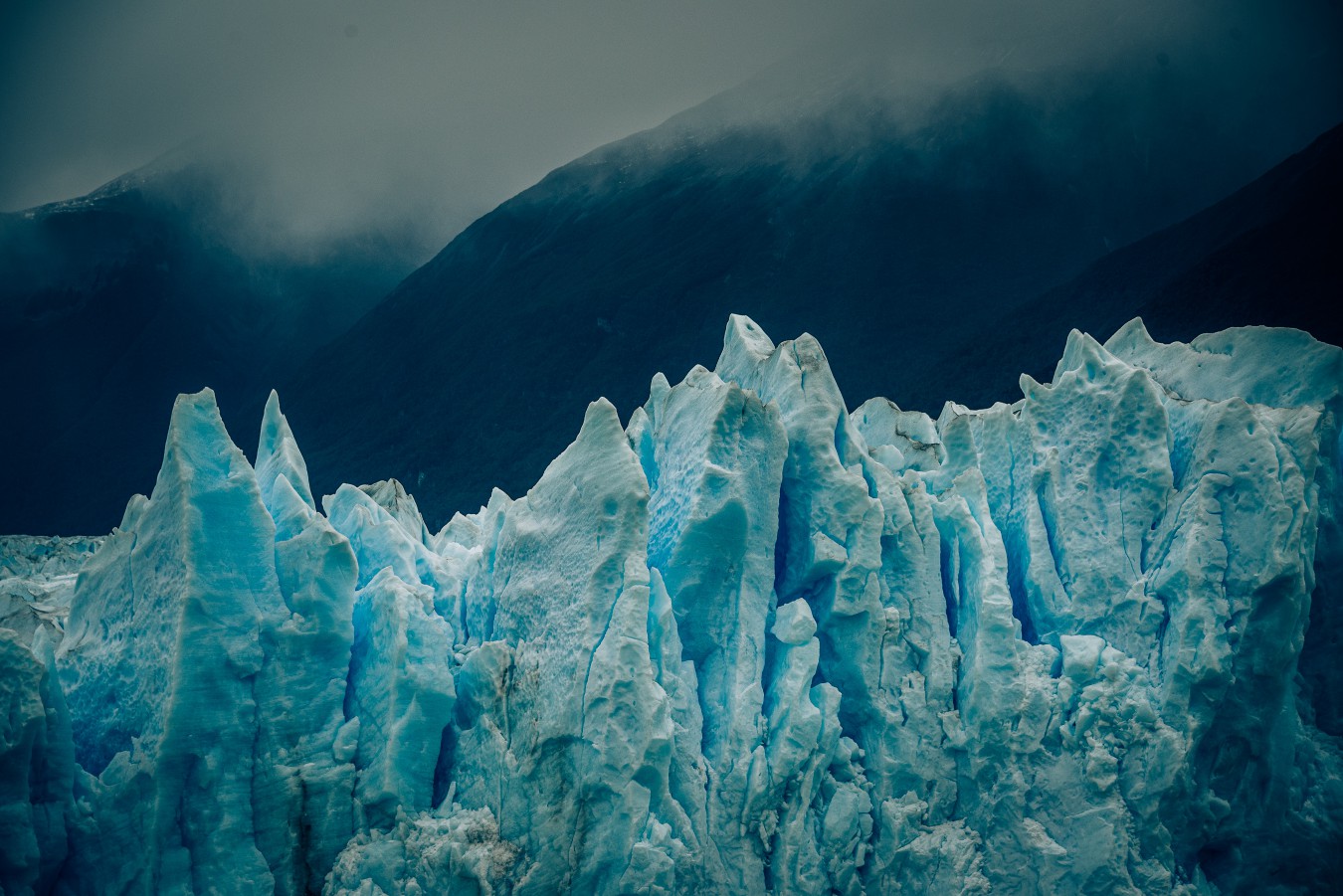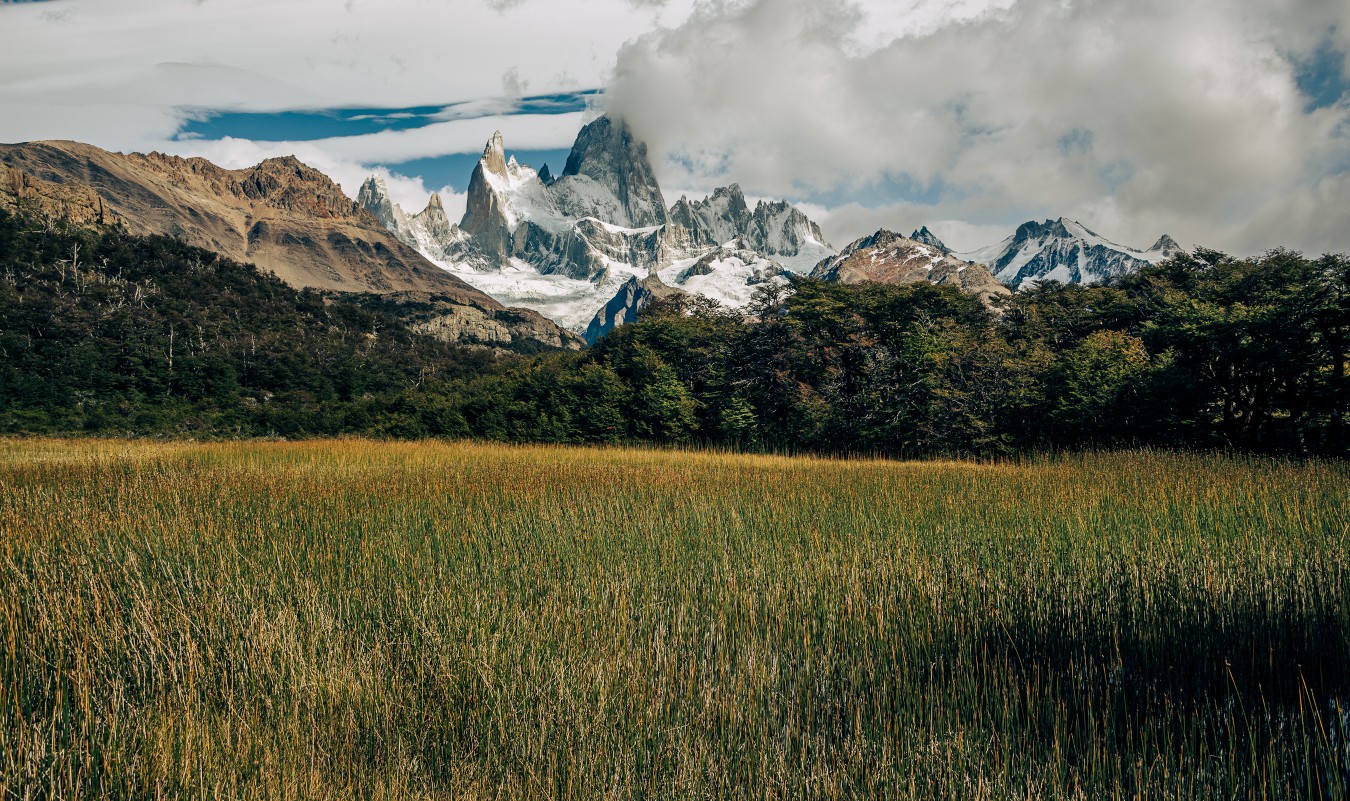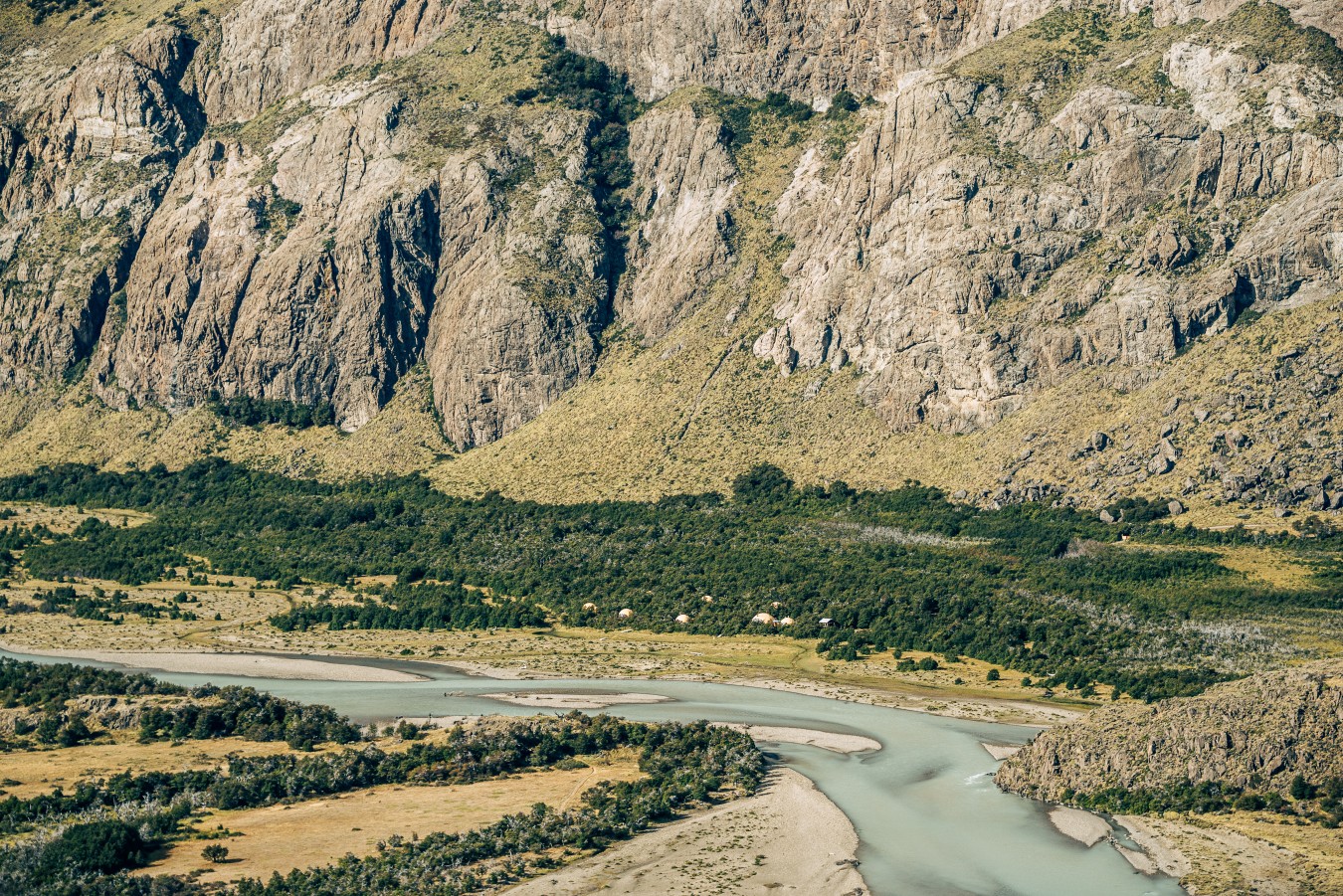The Perito Moreno Glacier is a part of a majestic Los Glaciares National Park, a UNESCO World Heritage Site that encompasses a vast area of 7,269 square kilometers and is home to some of the most dramatic and pristine wilderness landscapes in the world. The park is a sanctuary for a wide range of flora and fauna, with ecosystems ranging from temperate forests to high Andean steppes. The region's biodiversity is remarkable, hosting species such as the Andean condor, guanaco, and the elusive puma. The park's varied habitats provide critical research opportunities for ecologists studying the impacts of climate change on these fragile environments and the complex interplay between species.
Rising majestically within the same park is Mount Fitz Roy, or Cerro Chaltén, one of the most iconic peaks in the Andes. Standing at 3,405 meters (11,171 feet), Fitz Roy is renowned for its sheer granite faces and spires, presenting a formidable challenge to climbers. The mountain's formation is a testament to the geological forces that have shaped the Andes over millions of years, involving tectonic activity, volcanic processes, and glacial sculpting. Fitz Roy's imposing silhouette, often shrouded in clouds, has become a symbol of Patagonia's rugged and untamed beauty, inspiring adventurers and artists alike.
The park's glaciers, mountains, and forests provide a living laboratory for scientists and a haven for wildlife. The interaction between the advancing ice of Perito Moreno, the towering peaks of Fitz Roy, and the surrounding ecosystems highlights the intricate balance of natural forces at play. This interplay creates a dynamic environment where the study of geological and ecological processes can yield insights into the past, present, and future of our planet's natural history.




























